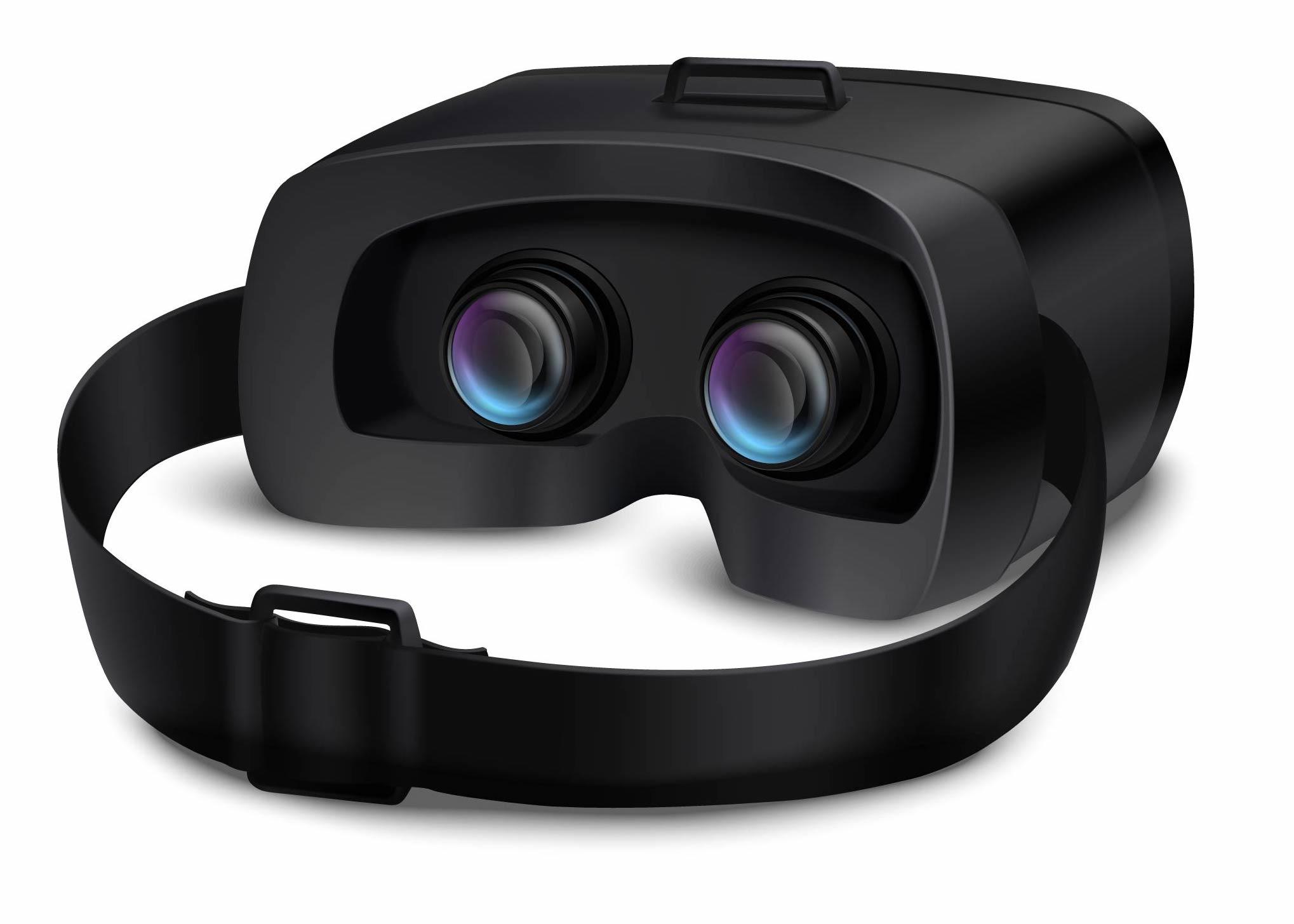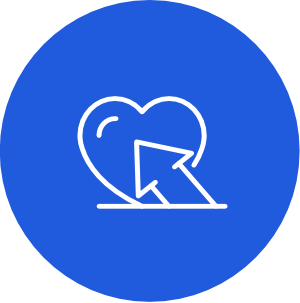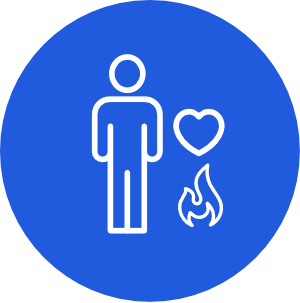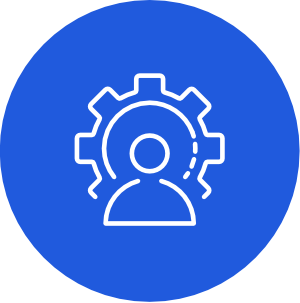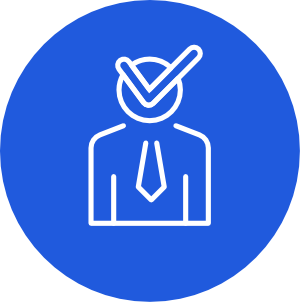Education through VR
Virtual reality brings us technological possibilities that can fundamentally improve and streamline the learning process in companies. For the first time in human history, we can simulate various stressful, communication or work situations in a very realistic and low-cost way.
New technologies have always determined who is the winner in the market and virtual reality can be one of the technologies that can bring companies a significant competitive advantage.
It is important to note that if a company has a more robust education system than another company, its employees are also better prepared for their jobs and the company is much more competitive in the market. Therefore, the more educated the employees are, the more potential the company has in the market.
In 10 years, our children will laugh at the fact that traditional education was conducted in boardrooms combined with a projector and a trainer.
Let’s take a look at a few categories where companies can start using virtual reality training to create a new competitive advantage
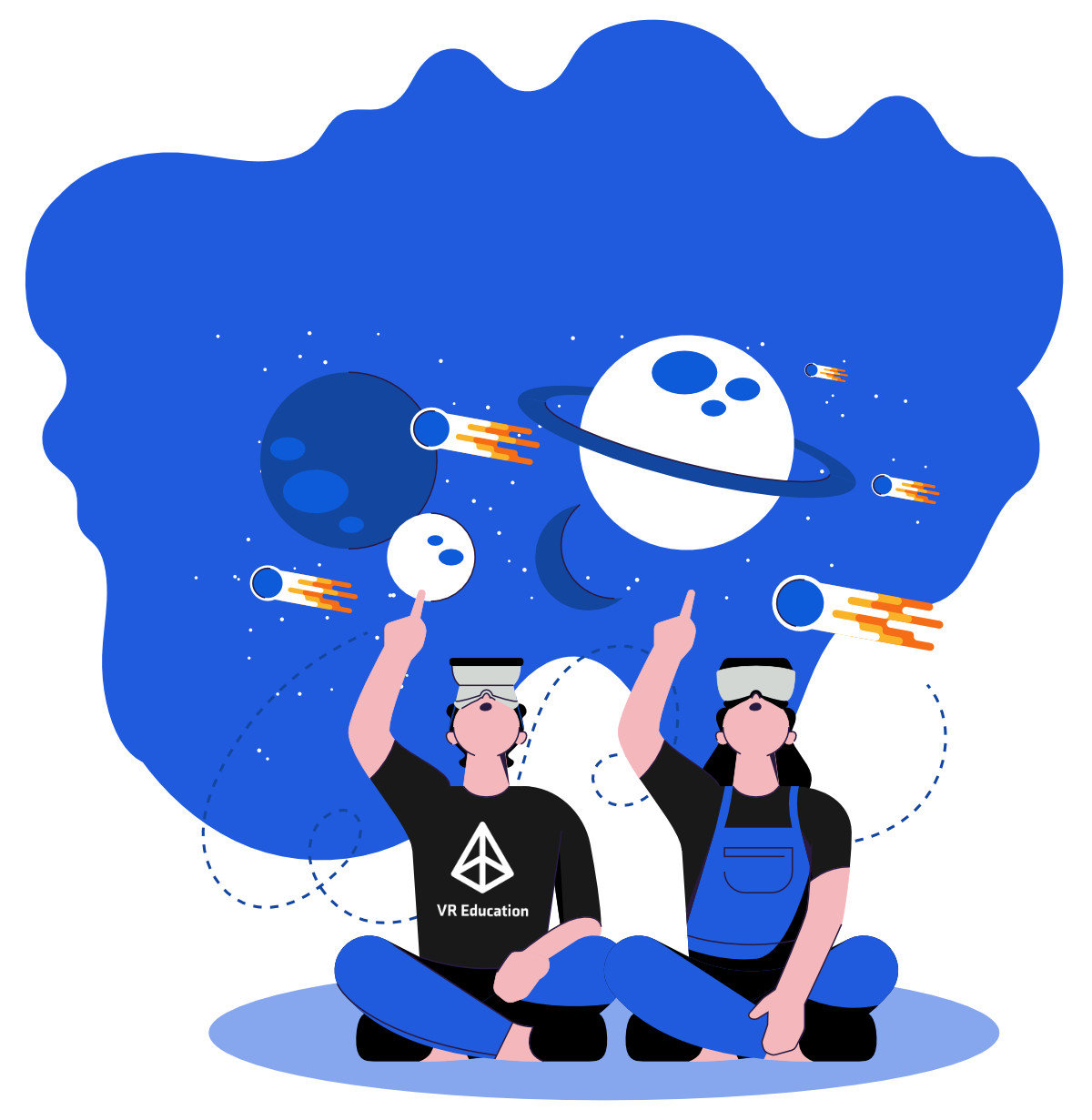
Chapter 1
Classical training in companies
Every organization or company needs to train its employees regularly on classic training such as effective communication, stress management or motivation. These trainings are absolutely essential for the running of the company and successful communication across organizational structures.
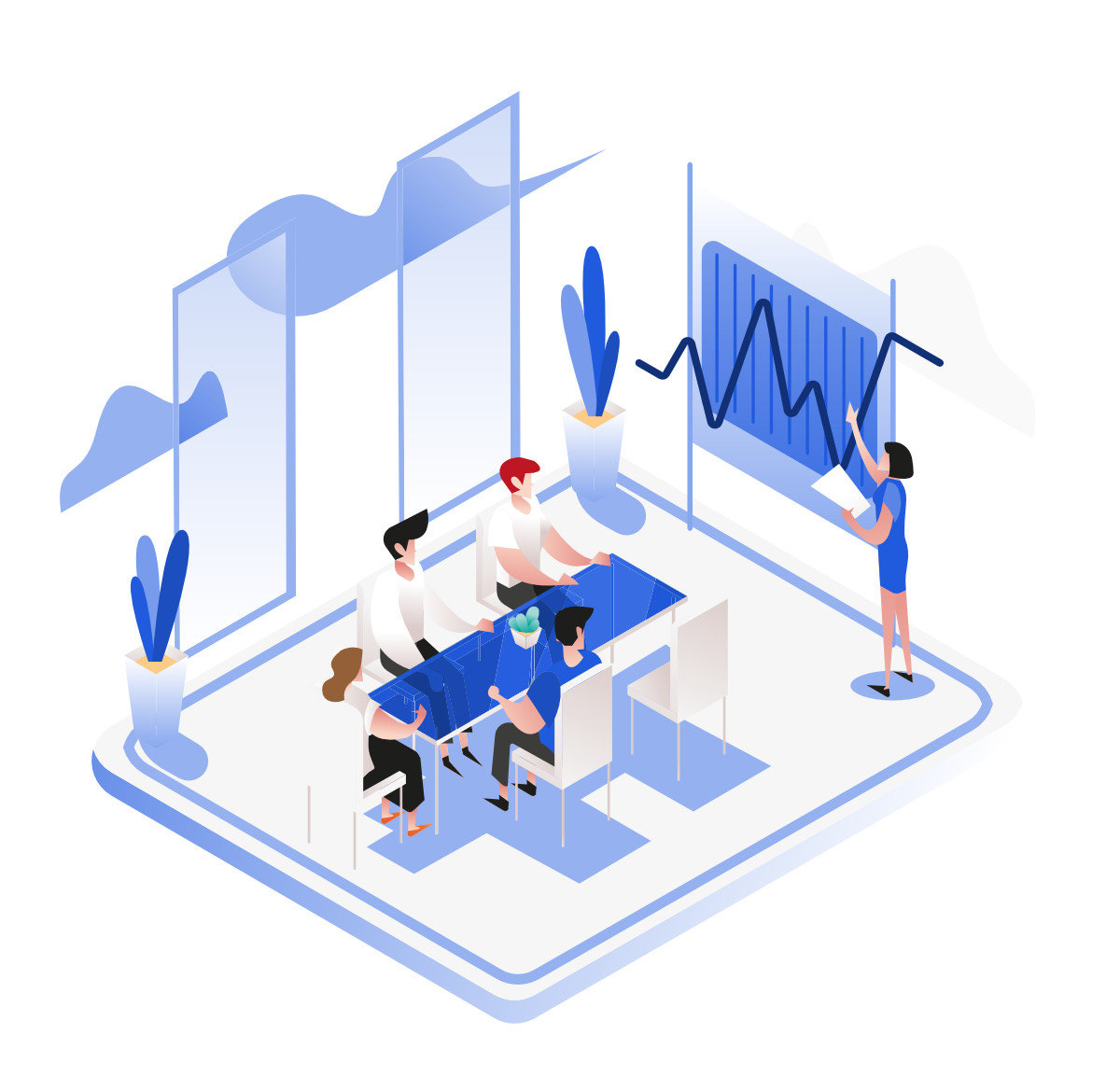
Until now, these trainings have been held in conference rooms, where the lecturer played his presentation on a screen via a projector and conducted the training. You usually learn a lot of information at these training sessions.
But the problem is that you remember and start using very little of it because you have to laboriously memorize everything, visualize everything, in order to store the information in your memory.
VR takes you to a new world
But training in VR works a little differently. By literally experiencing everything, you don’t have to exert any extra effort to remember new information. This is the main advantage of VR technology – it allows us to experience emotions and situations.
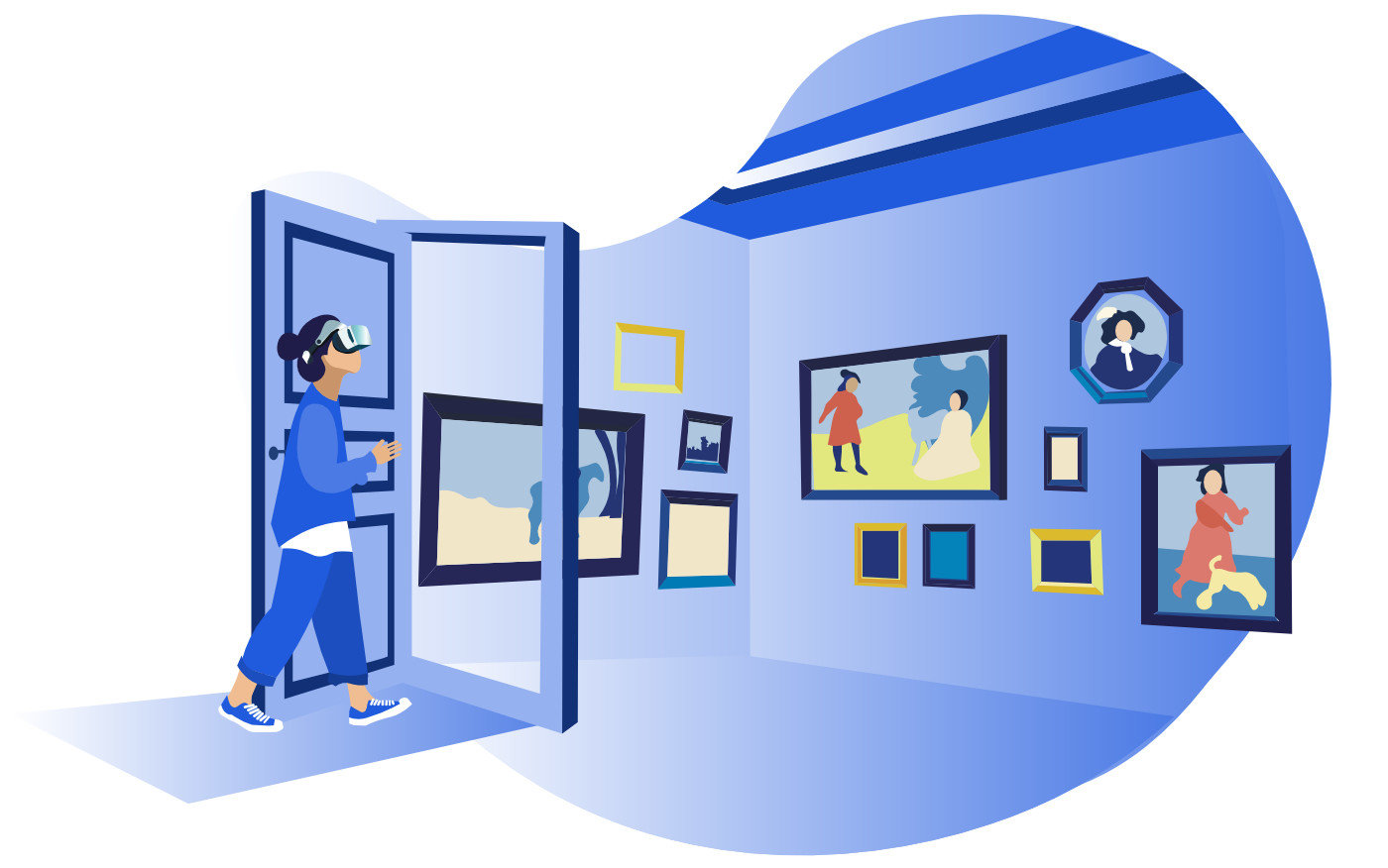
Which educational method is more effective?
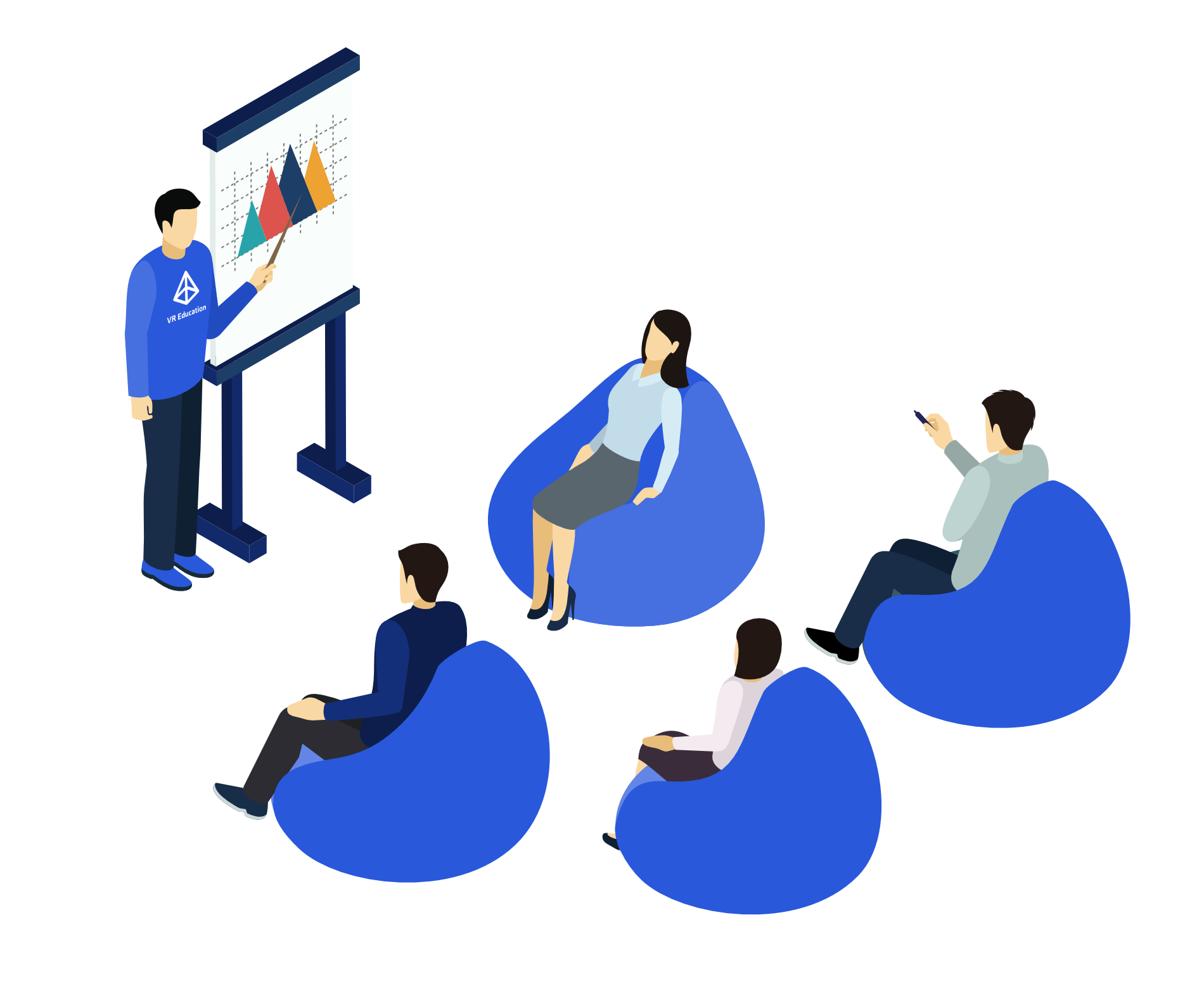
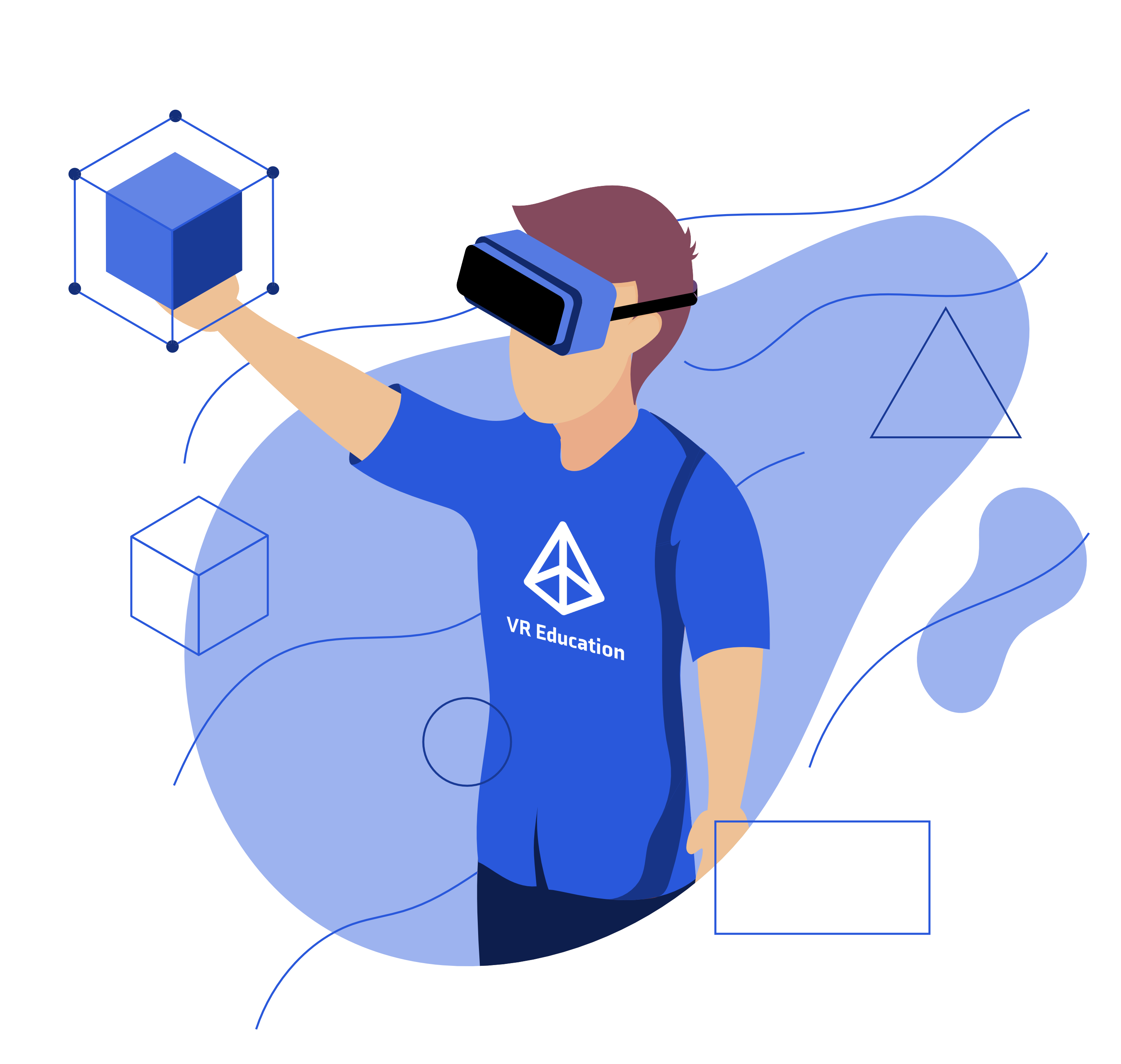
Physical training
- Demanding on participants‘ time
- Not repeatable (max. video recording)
- Difficult to maintain attention
- The participant does not remember all the information
Virtual reality
- Can be trained at any time
- Repeatable
- 100% participant attention retention
- Participant experiences everything (easy to remember)
The future of education is in VR
Physical training in a meeting room environment is currently the main training method of most companies. However, if you think about it, when it comes to classic training such as effective communication or motivation, these trainings can be done many times more efficiently thanks to VR technology.
The whole idea of training in virtual reality is supported by case studies that clearly show higher effectiveness than existing training methods.
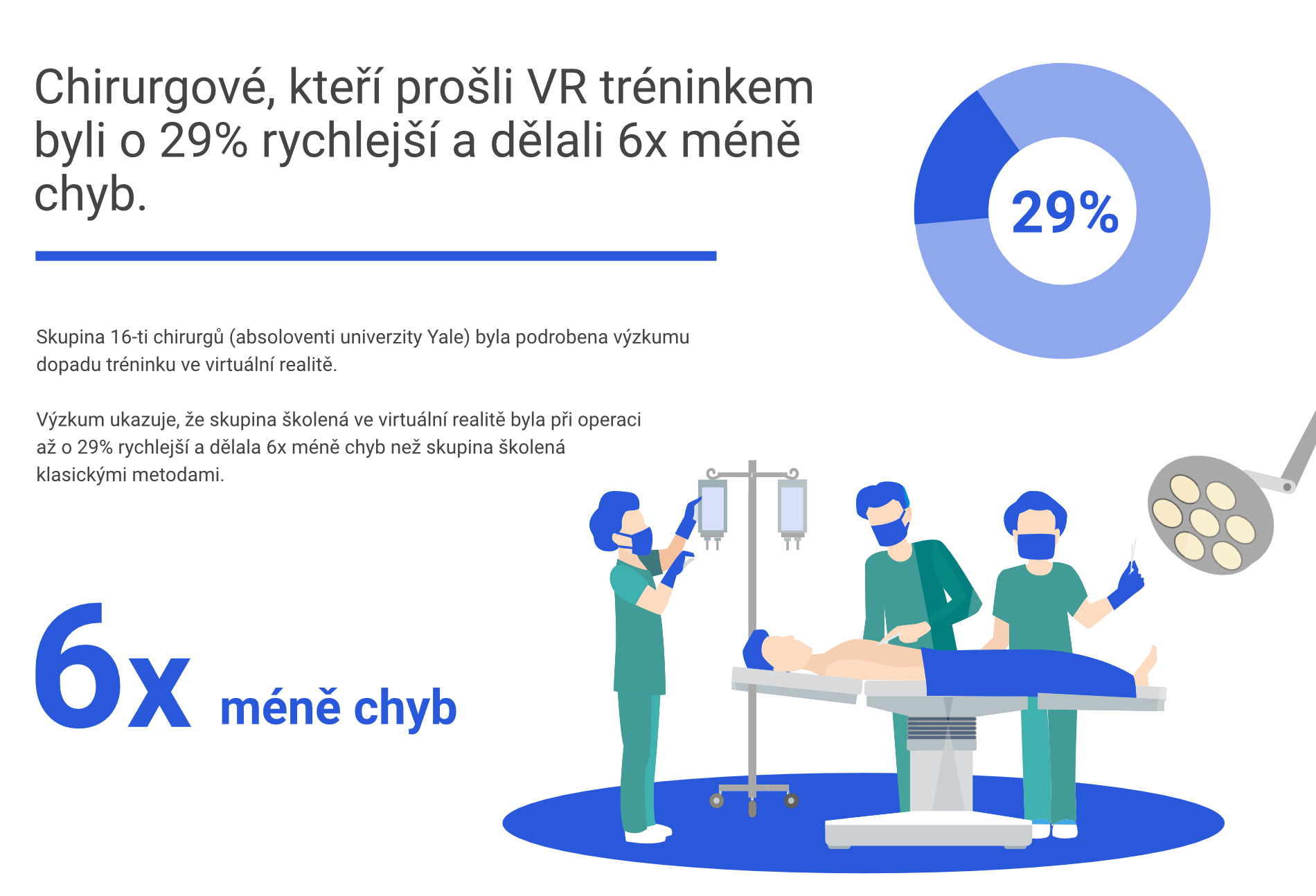
Transforming traditional training into virtual reality was our first goal at VR Education.
With our app and training offerings, we can easily deliver a technologically advanced form of training to companies that is many times more effective than traditional training. Not to mention, this form of training is also more cost-effective than physical trainer training or e-learning.
100% attention
The main advantage of virtual reality training is that you are guaranteed 100% attention of the trainee. So no one can look at their phone, out the window or talk to a colleague next door. He is simply in virtual reality and there is only him and his training.
Easy to remember
With VR training, the trainee is many times more likely to learn and remember than with existing training methods. This is mainly because VR allows you to experience everything in detail. The experience is always easier to memorize than when someone is trying to visualize something in a lecture.
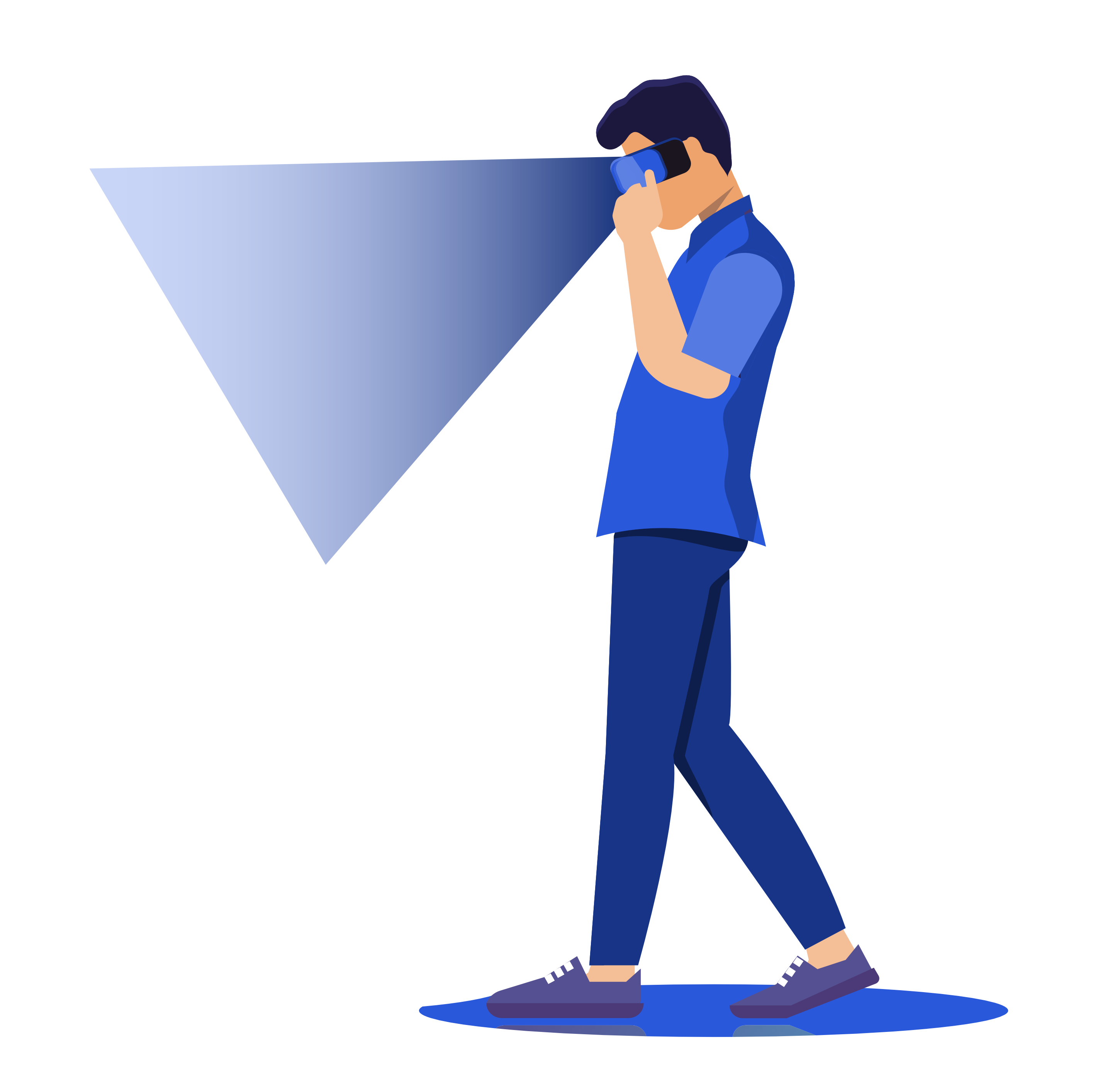
Chapter 2
Increased safety at work
The classic VR Education training is a kind of „driving school“ for companies to learn about virtual reality technology and all its possibilities.
95% of people still have never worn virtual reality and have no idea what VR technology can realistically do.
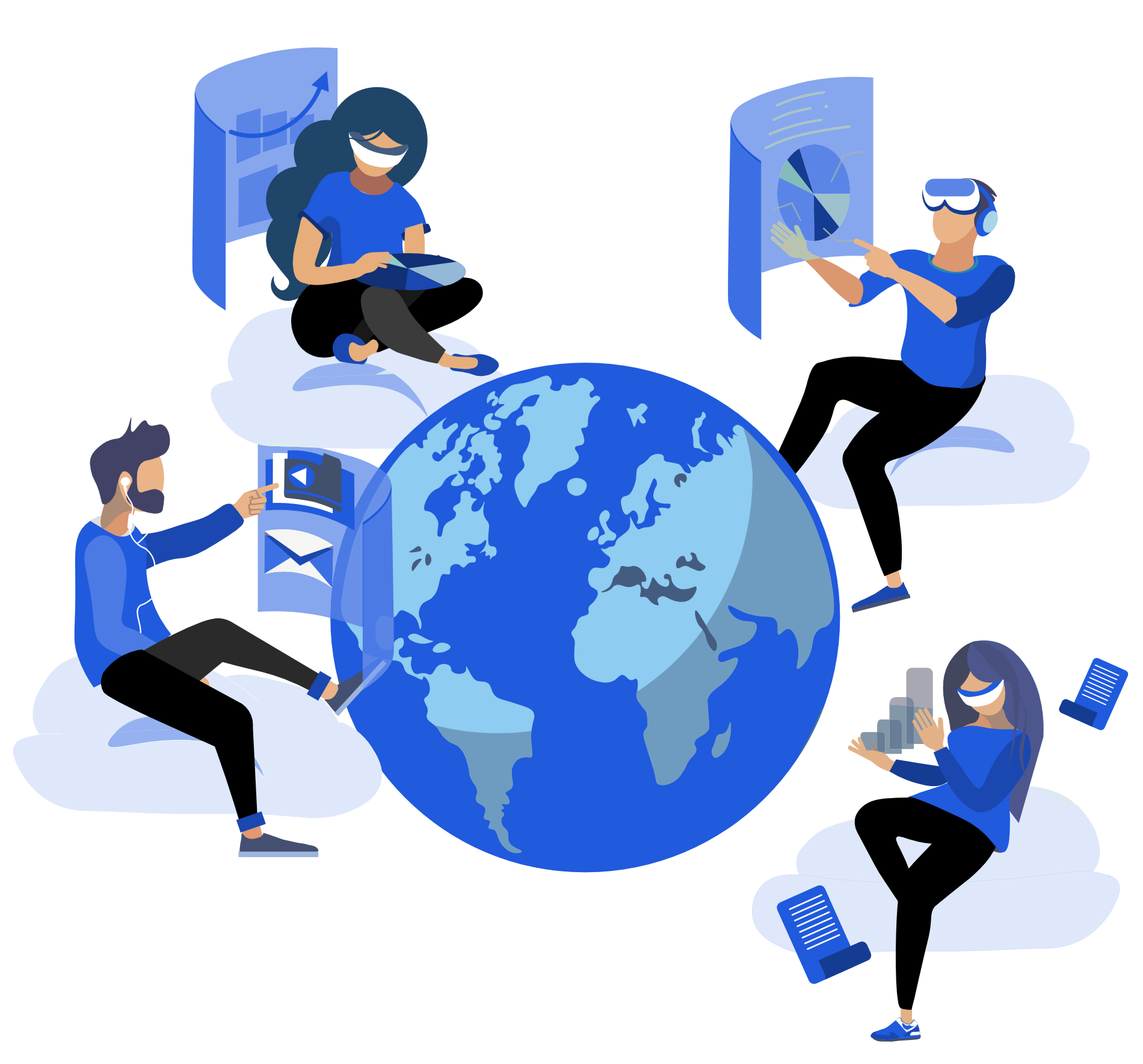
Once you experience the first „wow“ effect, you start to realize all the potential applications in your working life.
Improving work safety with VR
Many companies have specific processes where a higher emphasis on occupational safety is needed. Imagine, for example, an engineering company that works with very hazardous chemicals. Chemicals such as sulfuric acid or nitric acid are used to coat metals and are very life-threatening.
The company that does such treatments must therefore have its own chemical warehouses to store the chemicals and then chemical lines where the actual process of treating the surface of the material takes place.
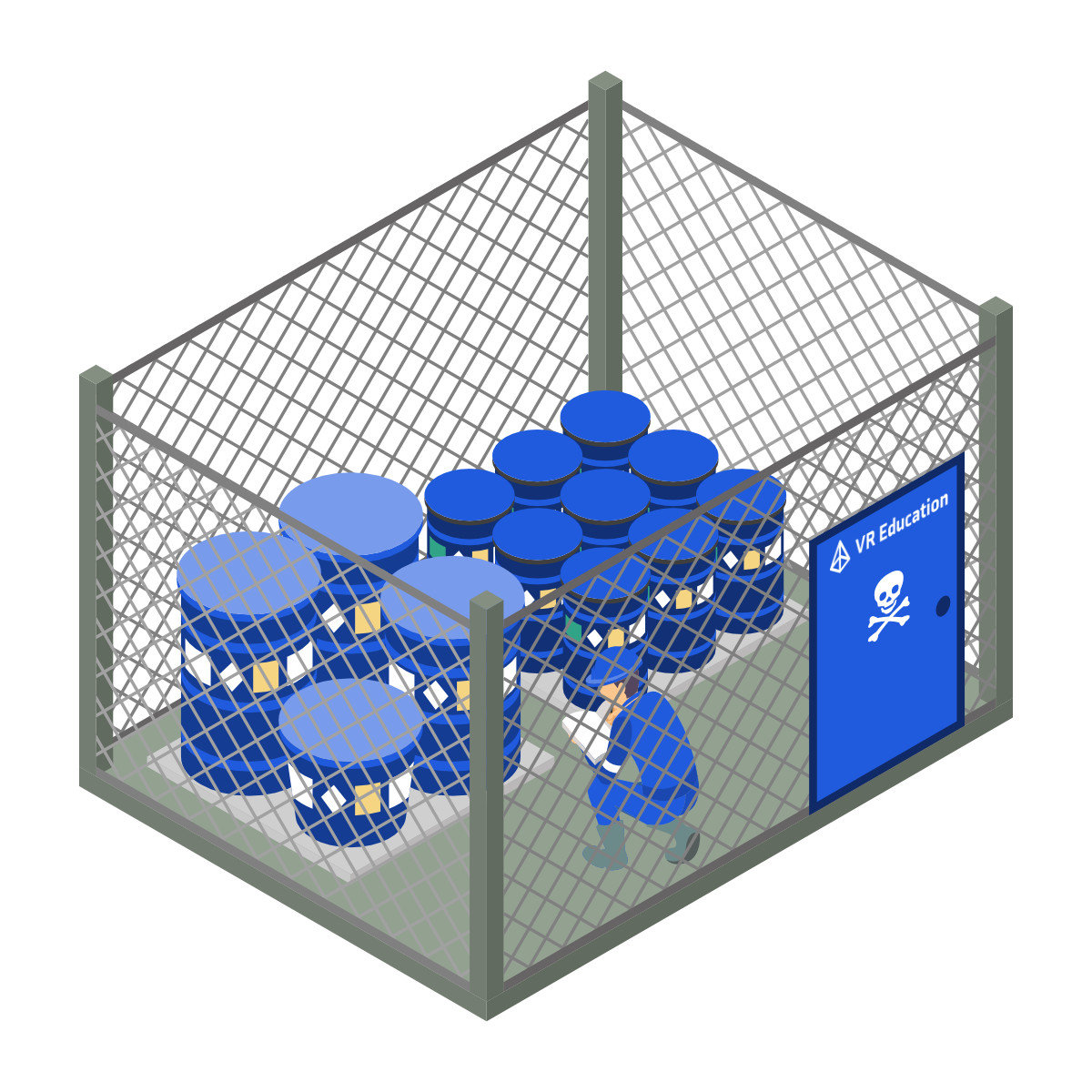
Workers in chemical warehouses and lines are exposed to direct health hazards on a daily basis. They should therefore be very well trained in proper handling and first aid in case of liquid splashes.
VR allows you to experience crisis situations
Traditional training in the conference room certainly provides employees with important information, but what if they could experience acid splashing in VR or provide first aid to a colleague during an accident as part of the training?
In VR, you can literally try out very critical situations in the workplace, and as a result, you will likely be much better prepared if you ever encounter such a situation.
Case studies clearly show that VR technology would prepare employees many times better for potentially life-changing crisis situations.
Whether it’s safety or very specific processes, training in VR can bring great benefits to a company in the form of better trained employees who are far better prepared for their jobs.
There is no need to discuss whether VR will work or not. It’s clear that companies will always use the best and most effective training methods, and virtual reality is a technology that can completely change the game.
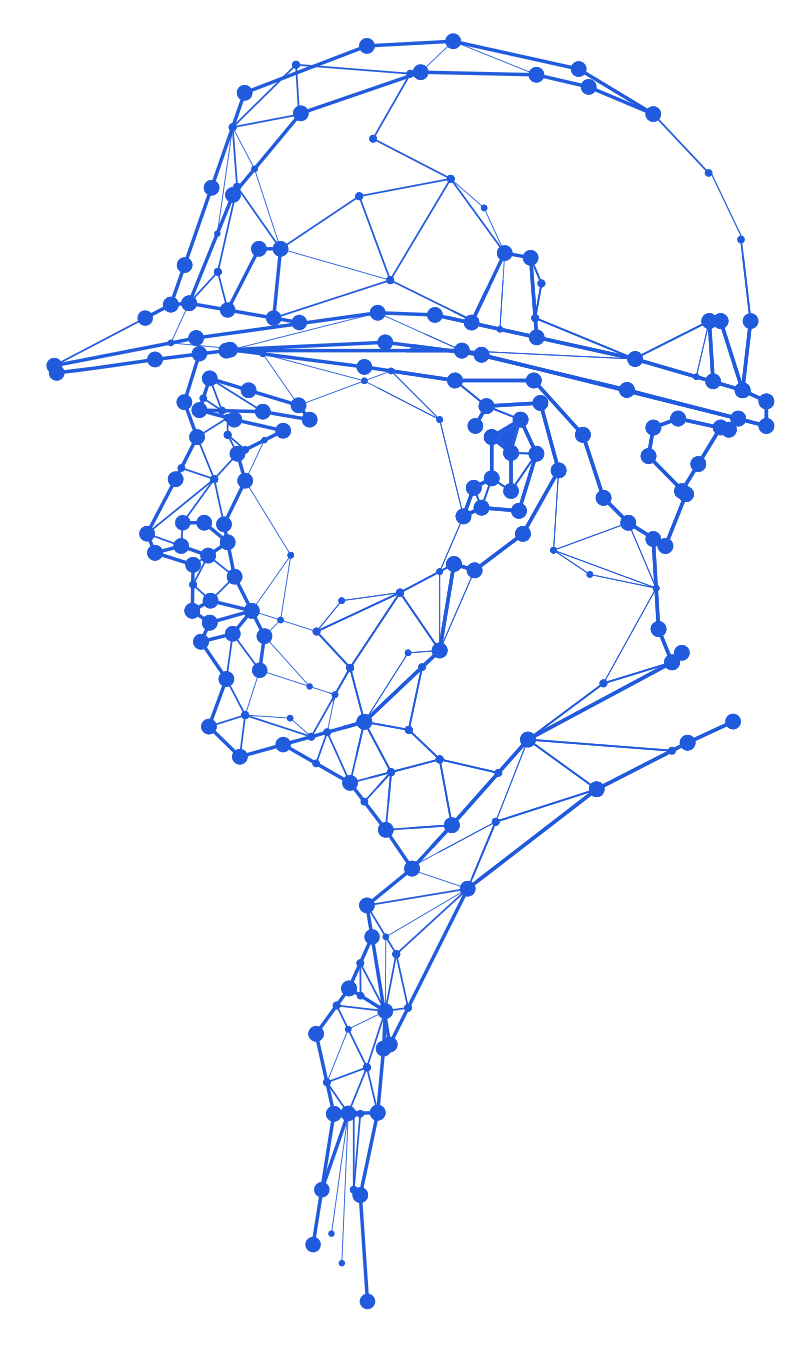
Chapter 3
Occupational health and safety training
I am sure that everyone knows about the mandatory occupational safety and fire protection training (OHS, OSH). The law does not precisely define the frequency of OHS and OSH training. The practice is that companies train once a year. Employees find these mandatory trainings 95% extremely boring and pay minimal attention to them.
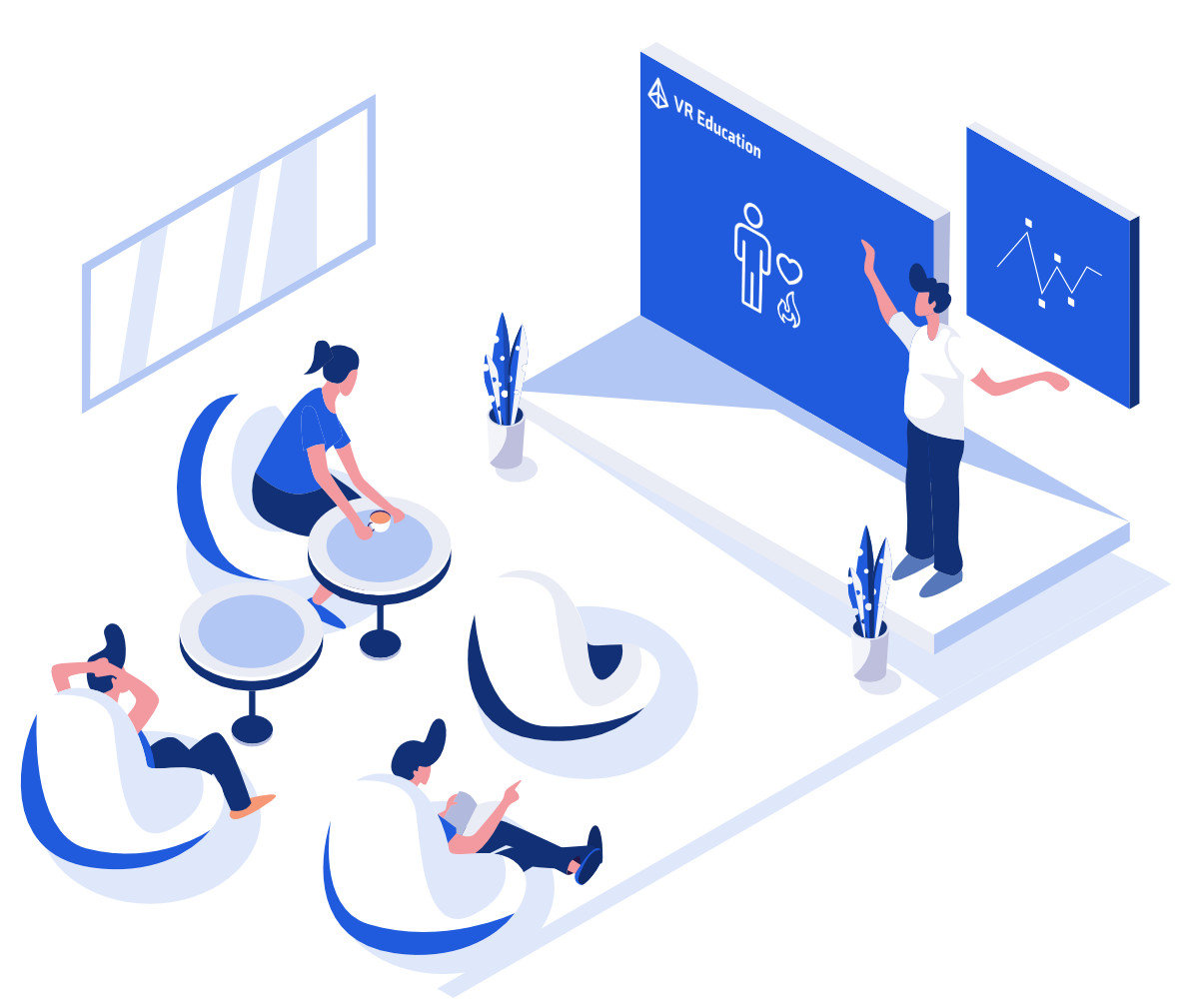
In principle, however, this is a very important topic – everyone should know the principles of safe work and observe maximum fire protection. The problem is only in the form of the presentation, if the training was something more entertaining or interactive, it would also engage more people’s attention.
Trainers try to increase the interactivity of OSH, PO training by using various entertaining elements such as role plays, video and discussions. The more they get people’s attention, the more likely they are to remember something.
OSH, PO training supplemented by VR
VR precisely allows to increase the interactivity of the training in a very real and fun way. An employee could experience how easily a fire can start and what it’s like to put it out (if they can even do that).
Overall, VR makes the employee more immersed in the whole issue in a very natural and non-violent way. So they really take something away from the training and it wasn’t just wasted time in the boardroom.
Chapter 4
First aid
First aid saves lives every day. If the right first aid can be given to the affected person, valuable time can be gained before the patient reaches the doctors.
Whether we work in an office or in a manufacturing facility, we also spend a significant part of our day at work with our colleagues and it should be our duty to be able to provide good first aid.
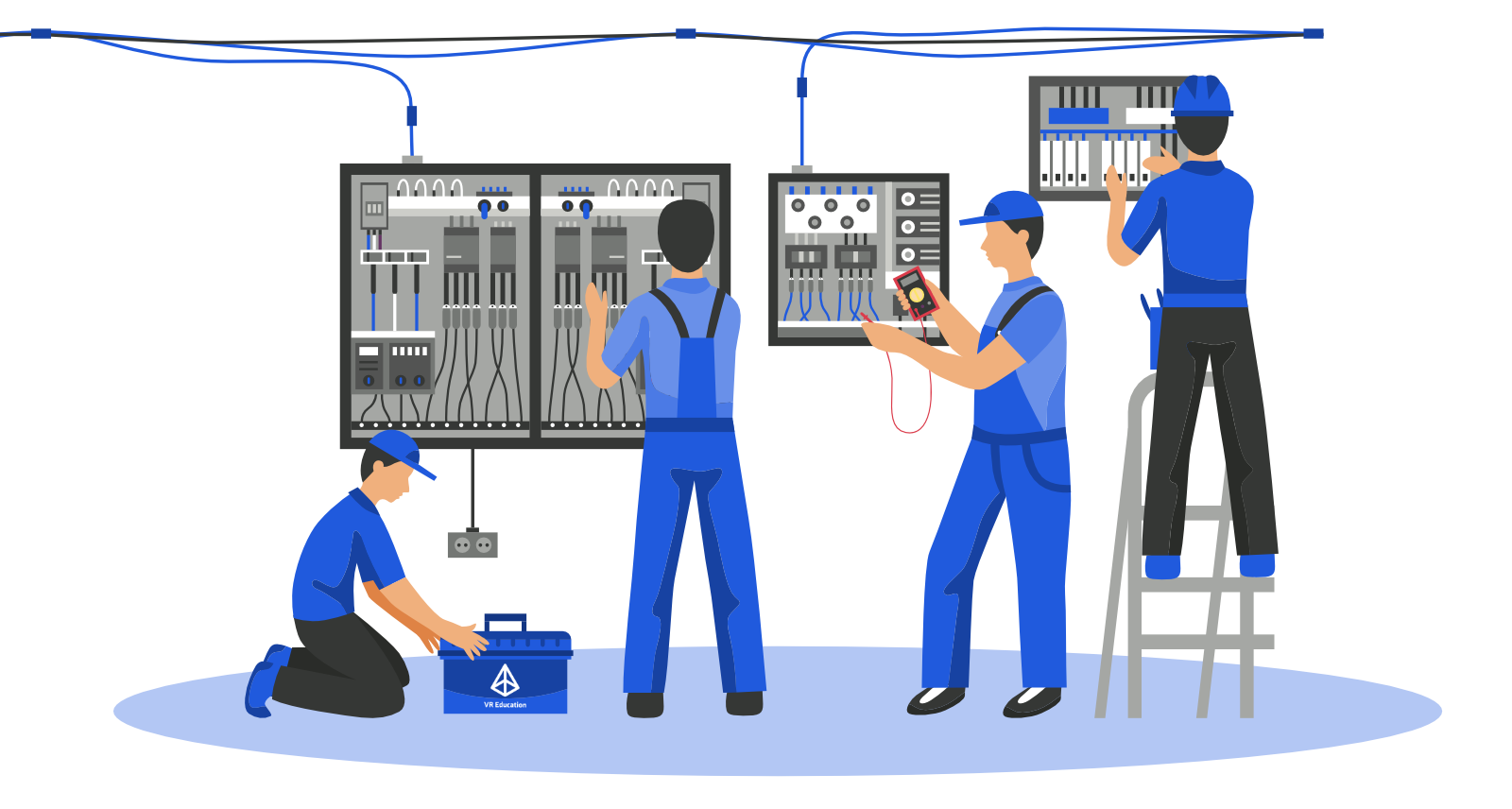
Many companies offer regular first aid training to their employees free of charge or have specially trained staff on site who can administer qualified first aid.
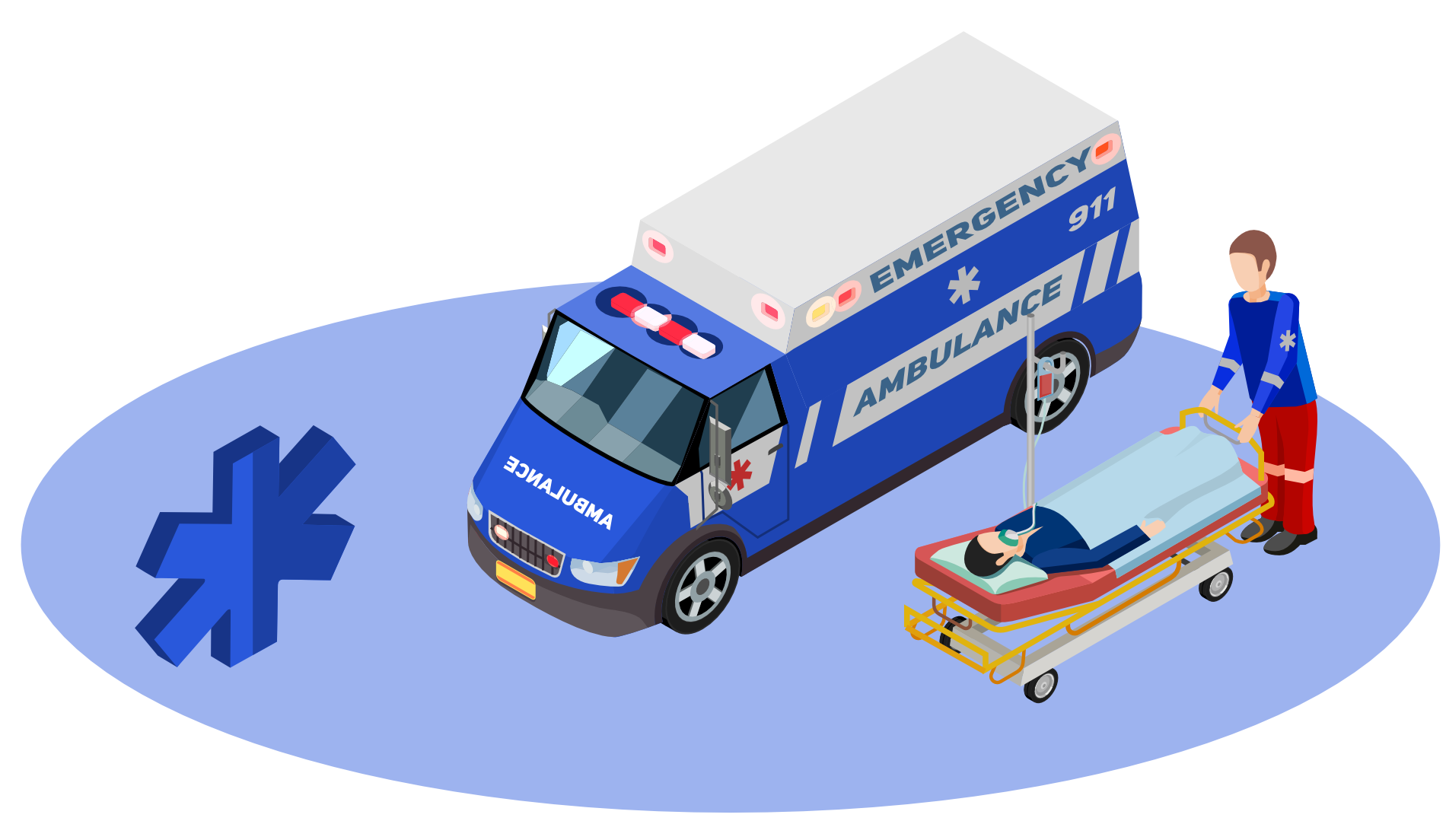
But if employees could experience their colleague collapsing in the workplace in VR, again, it would prepare people many times better for situations where they would actually have to administer first aid.
Chapter 5
Employee training on machines or processes
Employee mistakes cost the company a lot of money. Time and materials are wasted and expensive machinery (e.g. CNC machine tools) can be damaged. A company’s training system is supposed to be the main prevention of these crucial process errors. Only in this way can a company continuously generate profit and be competitive.
If a company does not have an effective training system set up, it is doomed to fail. Employees don’t know exactly how to do their jobs, they make mistakes that cost money, and the company is thus not effective enough in the marketplace.
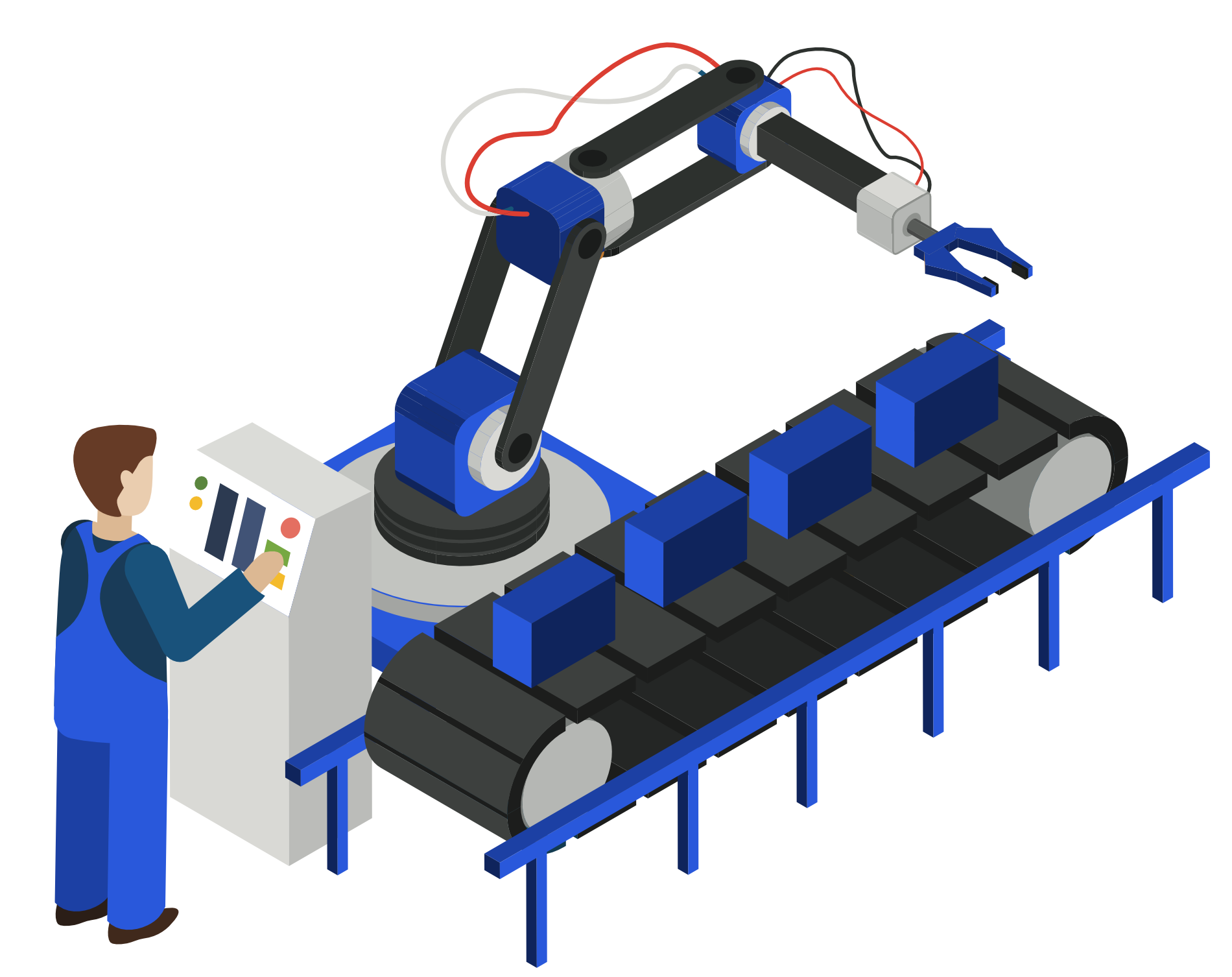
But when a company has an effective training system, every employee should know how to do their job very well. Such a company will certainly make fewer mistakes, have fewer production losses and thus have a higher probability of success in the marketplace.
Corporate training system with VR elements
Virtual reality technology can deliver information at a completely different level of effectiveness than traditional training methods. Therefore, a company is far more likely to have better trained employees than other companies.

If, for example, an engine assembly system is essential for a company, such training in VR can significantly speed up the training of new employees, reduce assembly errors and thus increase the company’s profits.
Of course, it’s not a good idea to put virtual reality into every element of training – somewhere classic methods are still better (everything is simply explained and shown to me on the job). But it’s definitely a good idea to have virtual reality at certain points in the training process to make the training more effective on the really critical points (safety, processes).
Chapter 6
Corrective action of errors
Errors occur naturally in every work process but if the manager does nothing about them (modifies the process), the errors will be repeated and in the long run will cost the company a lot of money.
It is always a good idea to assess whether the error was due to chance or whether the error is likely to happen again. If the error is likely to recur, it is always necessary to set up a robust corrective action to prevent the error from occurring in the future.
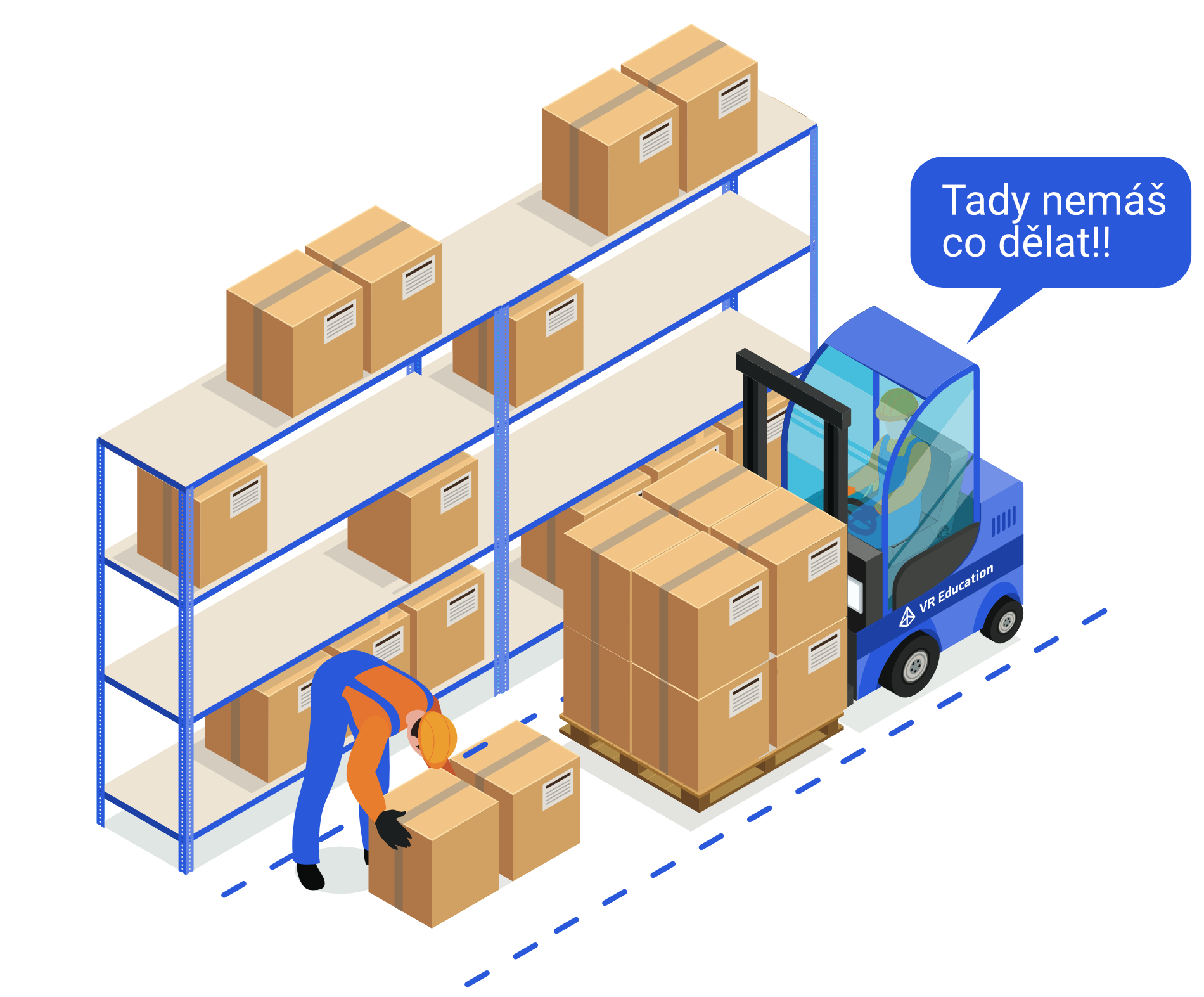
The world’s largest manufacturing companies have sophisticated quality systems in place to ensure that effective corrective action is indeed taken on errors at the corporate level.
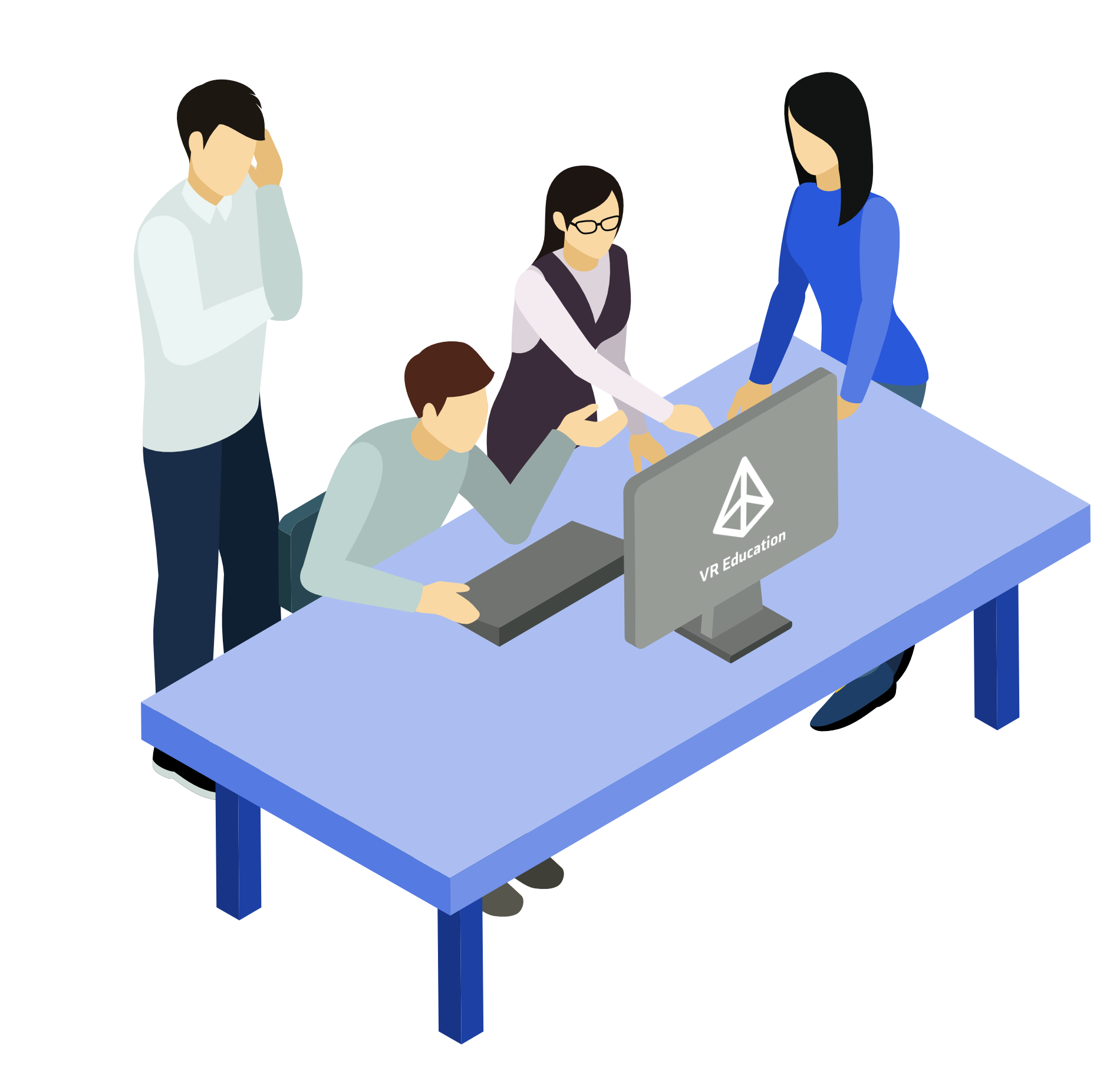
It is great if employees come up with a process modification so that an error can no longer occur, but as part of the training every employee should be as aware as possible of how an error can occur and what the consequences are (losses, work hazards).
Corrective measures in VR
With VR technology, a company can take error corrective action training to a whole new level. Almost any situation can be handled or simulated in virtual reality.
Each trainee can therefore completely „live“ the error and the consequences (e.g. destroyed material, injured colleague). The VR training can then end with a situation on how to do a new process correctly.
Thus, VR allows the trained employee to completely experience the execution of a flawed process, learn all the consequences of the mistake and know how important it is to do the new process correctly.
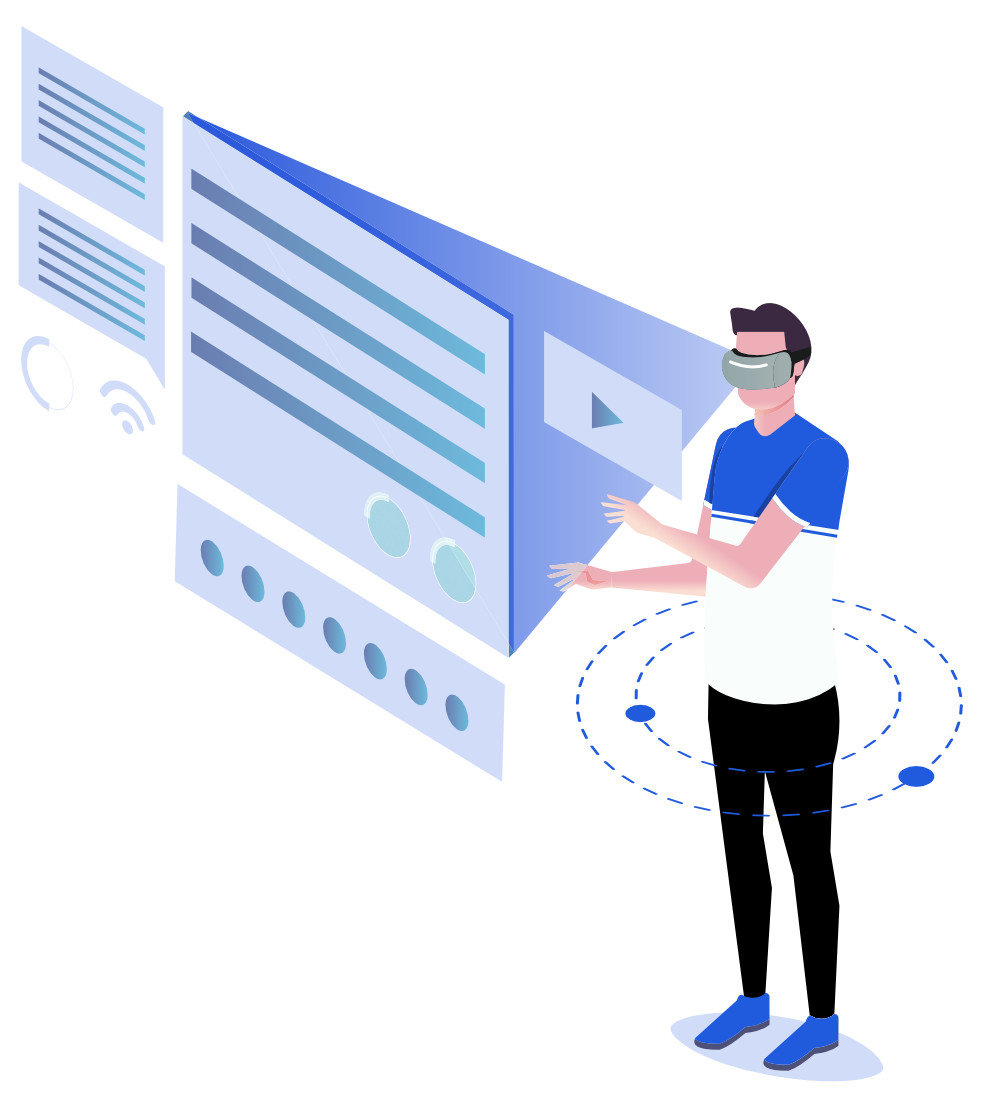
Chapter 7
Recruitment of new employees
There is a severe labor shortage in today’s labor market. Times have changed since the crisis and it is companies rather than jobseekers themselves who are in a competitive position. The current employee turnover rate is the highest since 2010.
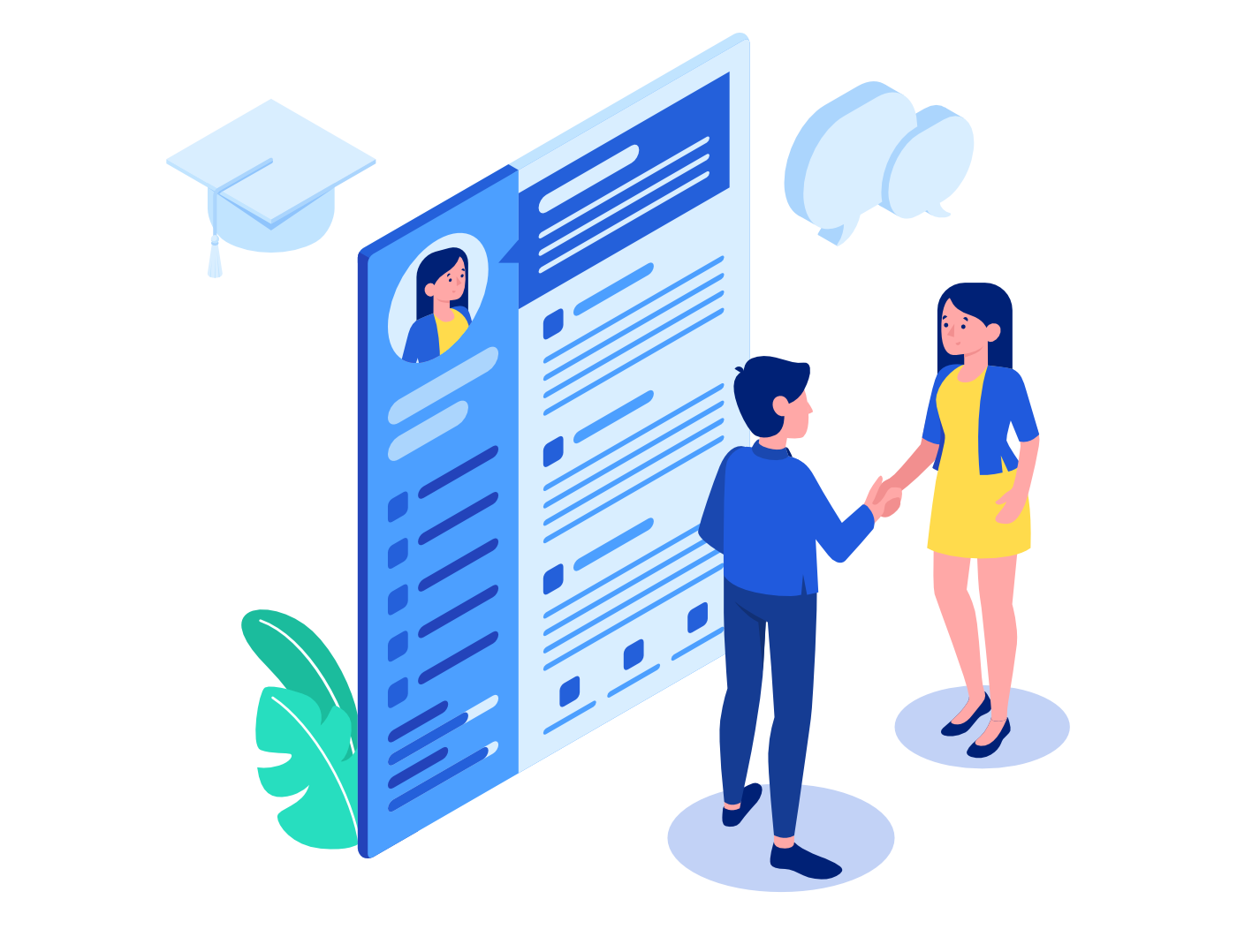
Companies are therefore taking advantage of every opportunity to attract new employees. Virtual reality can be one way to increase the likelihood of attracting a new employee.
Employee Day
VR technology enables experiences like never before. What if a new job seeker could watch a 5-minute video spot in VR that completely captures an employee’s day at the company?
The video spot would include the main focus of the company or factory and all the things around it (meetings, workflow, cafeteria, etc..). We recommend having VR video spots created separately for the worker, THP, and managerial positions.
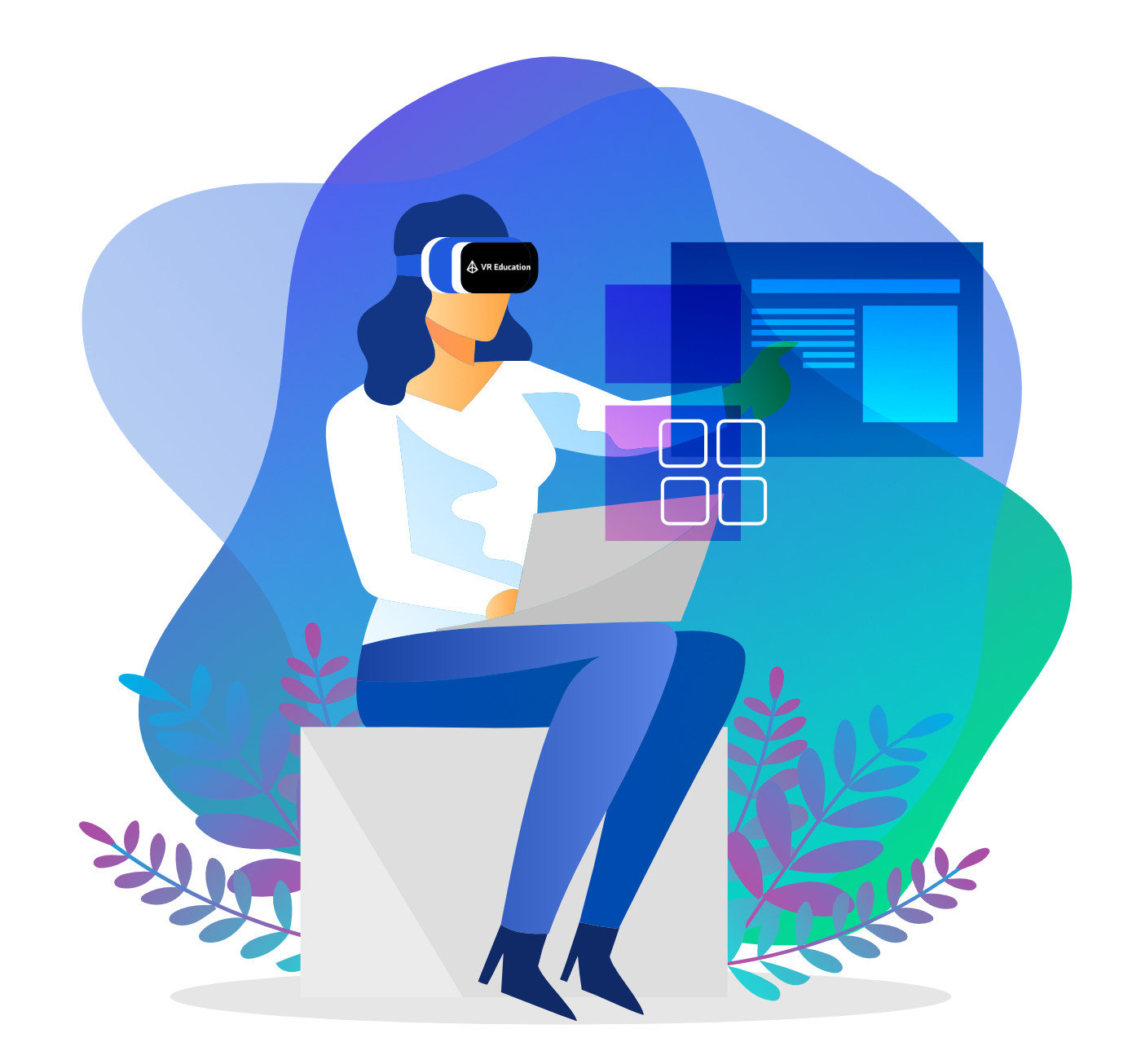
If a new job seeker goes through such an employee day in virtual reality, they are much more confident when choosing a job because they know what they are getting into.
Tour of the company premises
A tour of the premises or the factory will give anyone interested a clear idea of what the company looks like and how it works. The VR spot can show the company’s social facilities, canteen, working areas or even the bike room.
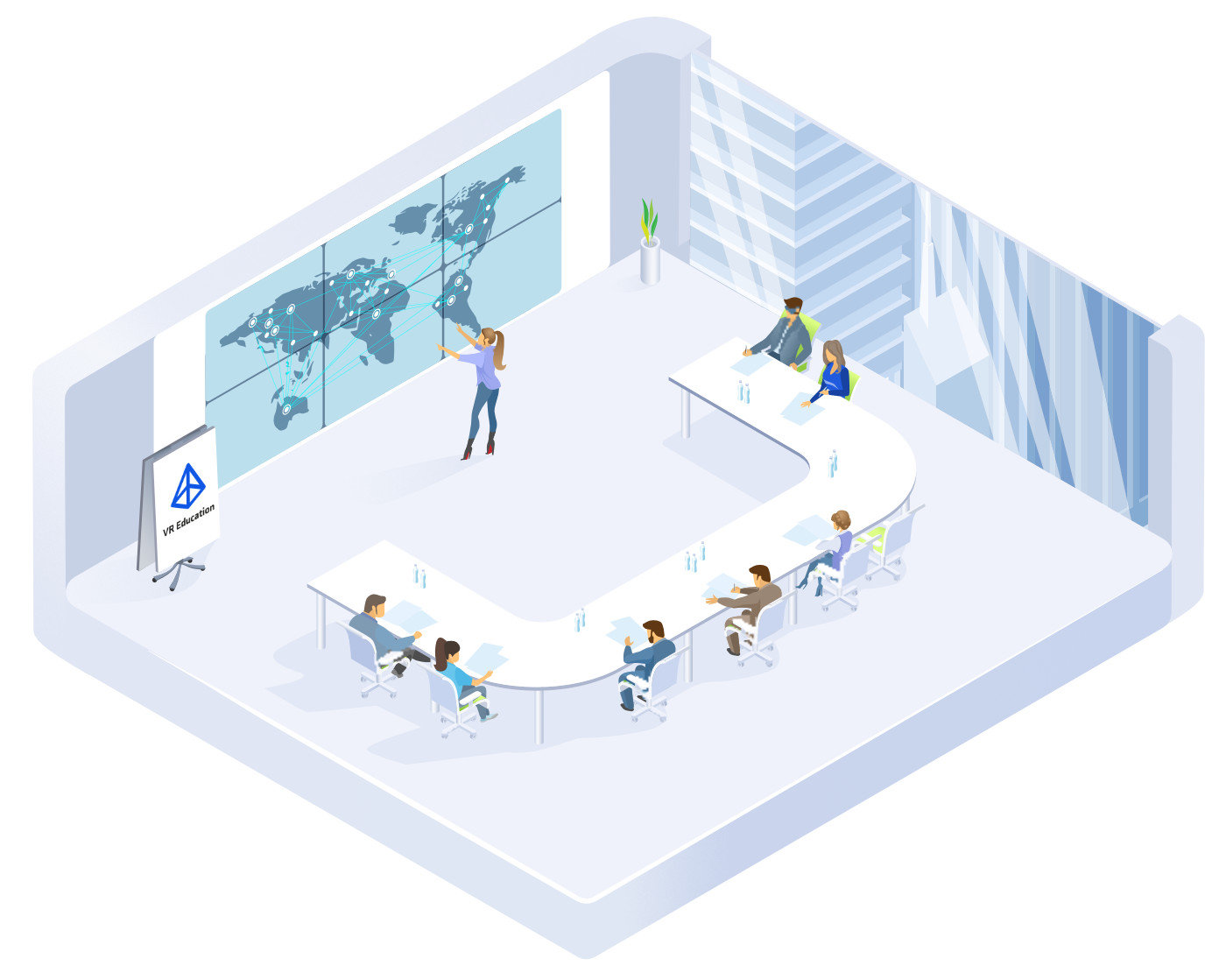
Job seekers are once again assured of their choice because they have a clear and concrete idea of the company thanks to the very real VR experience.
Conclusion
The current situation and future developments
The current situation
It’s clear that VR will definitely take some sort of position in the market. Currently, companies are in the „getting to know you“ phase and are just beginning to realize how crucial this technology can be to their education system.
The use we can see so far is more in the US, where large corporations are starting to experiment with corporate training in VR. However, it is only a matter of time before we see VR here.
VR Education wants to be one of the main supporters of the development and adoption of VR technology in Czech companies.
Future development
Companies are investing billions of USD in the development of VR headsets. Currently, the biggest issue is display resolution and battery life. The company that solves these 2 major problems first can become the market leader for several years.
